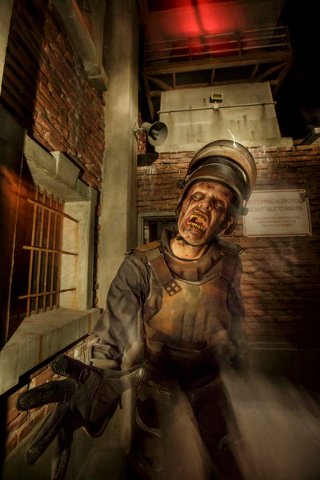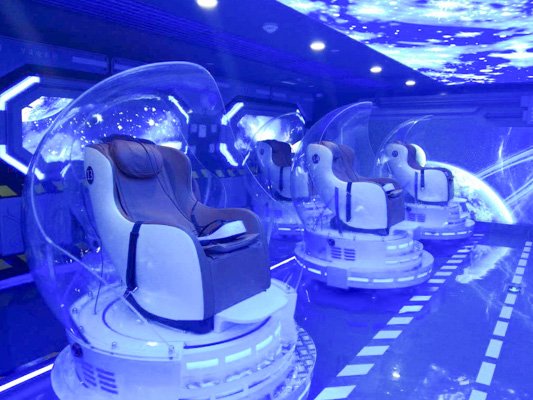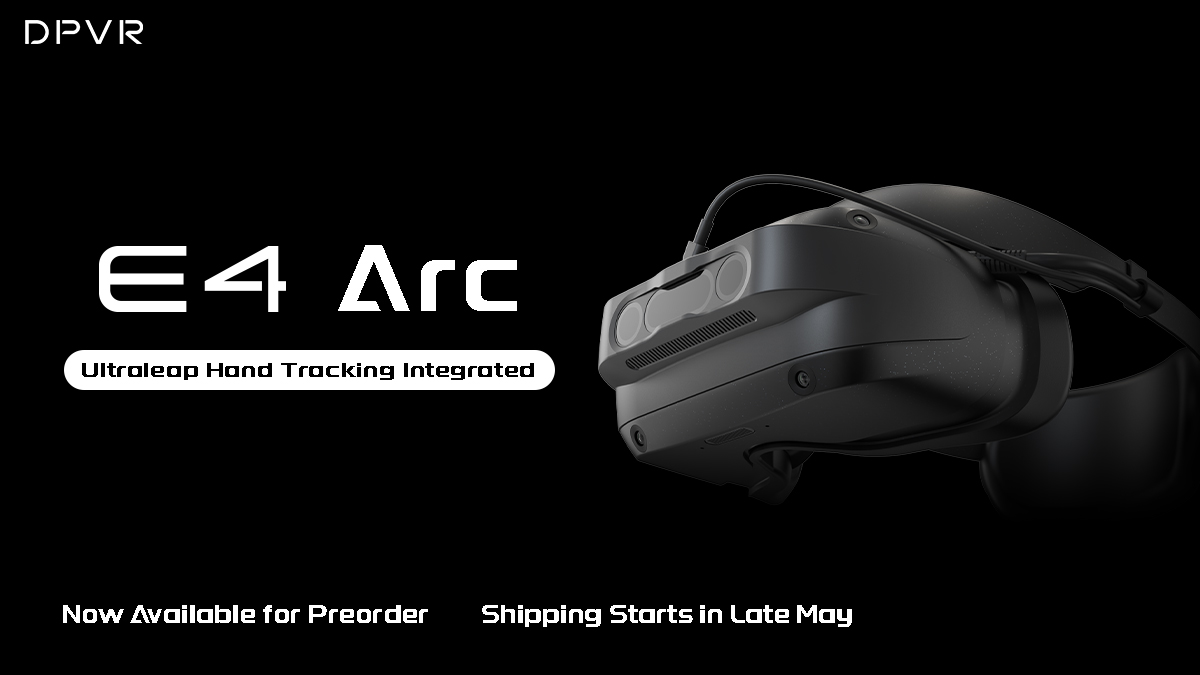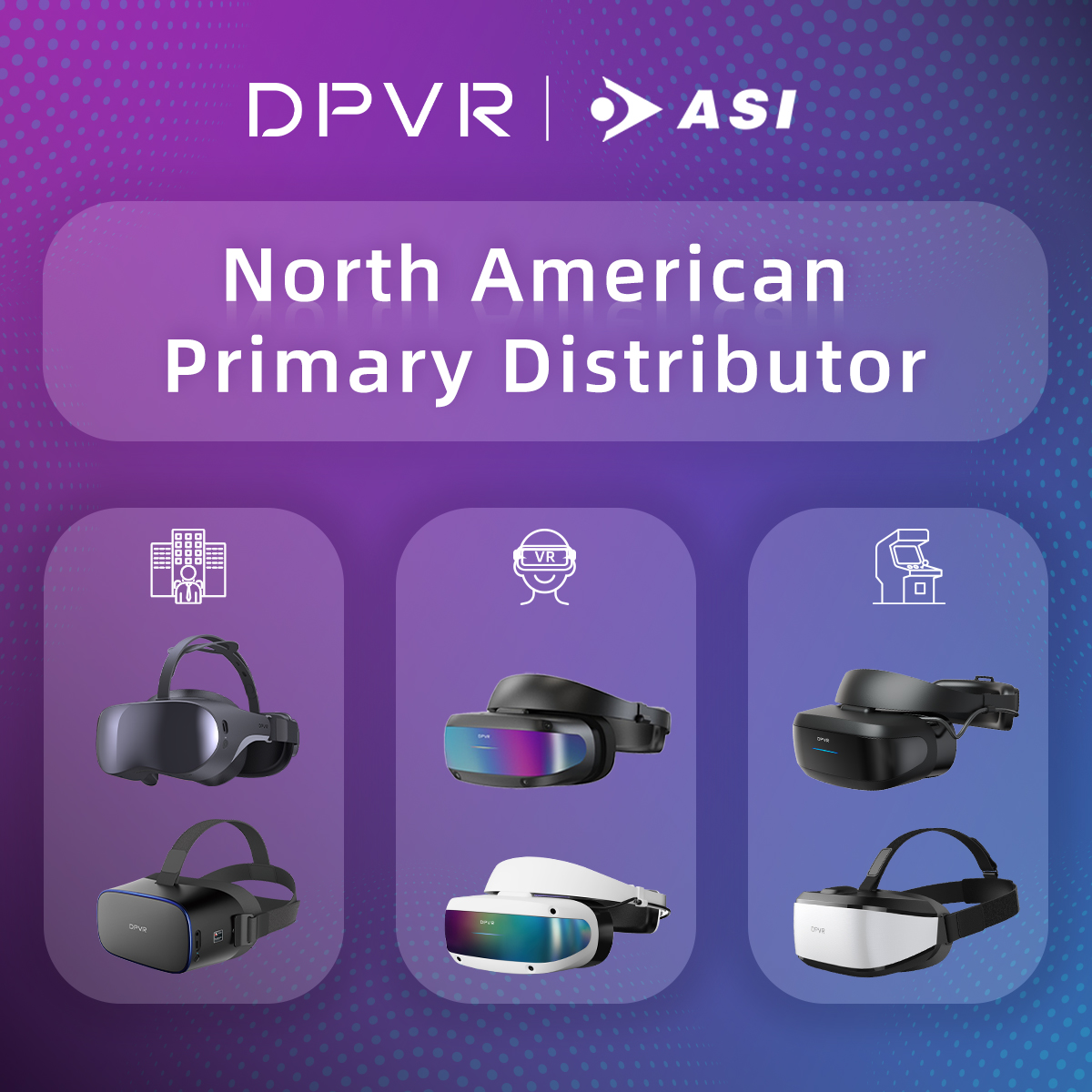Virtual reality to help amusement parks recover from travel restrictions

The Business Research Company released the Amusement Parks Global Market Report 2021: COVID-19 Impact and Recovery to 2030 report late in December 2020 which has forecast revenue for this industry sector to grow to just over $63 billion in 2021 at a compound annual growth rate (CAGR) of 23.7%.
Many amusement parks have had to change how they operate to accommodate the different ways that consumers are able to travel in the modern world. Quite a few have also thought of new ways to keep customer entertained by using virtual reality or augmented reality technology in the hope of enhancing their customer experience.
Using virtual reality headsets either on their own or as part of a ride or simulator has become the most recent trend for operators. Using virtual reality it is relatively easy for an amusement park to create a 3D computer generated environment that can suit a theme, style, story or even season that is relevant for the location. Unlike traditional rides it means it can be changed relatively easily as consumer tastes change or different brand aliances are formed.
It will be increasingly important for amusement parks to execute great ideas in the next two years because the volume of people travelling will still be relatively restricted. They will be competing for a smaller audience than normal and even have to consider attracting visitors in their domestic market. Therefore using cutting edge VR technology can be one of the ways they can compete.
The report has estimated the amusement parks market is expected to grow from $51.67 billion in 2020 to $63.89 billion in 2021 at a compound annual growth rate (CAGR) of 23.7%. The growth is mainly due to the companies rearranging their operations and recovering from the COVID-19 impact, which had earlier led to restrictive containment measures involving social distancing, remote working, and the closure of commercial activities that resulted in operational challenges. In 2020, North America was the largest region in the global amusement parks market, accounting for 33%, Asia Pacific was the second largest region at 30% with Africa the smallest region.
We are seeing the leading amusement park brands take inspiration from the way people are using VR in gaming to then create experiences that suit groups or large volumes of visitors.
DPVR is a VR headset manufacturer that can help create the hardware and software that can be used with virtual reality in amusement parks. It is a flexible way for an operator to have branded VR rides or even change the theme to suit a season or quarterly promotion.Derek Liu - Vice President Worldwide Sales and Marketing
How do amusement parks use VR for their rides?
Amusement parks have been experimenting and implementing VR technology in rides and theater-based attractions for many years. A few examples include;
- Thunder Run VR in Canada
- Warner Bros Movie World Arkham Asylum Shock Therapy in Australia
- SeaWorld’s Kraken Virtual Reality Roller Coaster in Orlando.
- Universal Studios The Weave Breaker coaster.
- Universal Studios also have The Walking Dead mazes with augmented reality elements.
- Universal Studios Final Fantasy XR in Japan.
The most popular have been the ones used on roller coasters where a visitor is given the sensation of moving while the VR software is mapped to the twists, turns and bumps of the physical coaster to give people an immersive experience.

Theme parks began using virtual reality technology with existing roller coasters, water slides and drop towers. Riders were given VR headsets that had LED screens. These headsets place riders in a virtual world that corresponds to the movements of the attraction.
In 2003, the first VR rollercoaster—Galaxie Express—was developed at Space Center Bremen in Bremen, Germany. One of the oldest operating VR rollercoasters is Alpenexpress Coastiality, which opened in 2015 at Europa-Park in Germany. In 2018, Europa-Park opened the first “roam and ride” VR rollercoaster—Eurostat Coastality. The attraction begins with riders putting on a VR headset and exploring a virtual reality world based off the film Valerian and the City of a Thousand Planets. Without taking off their VR headsets, riders are then led to the actual rollercoaster and strapped into the train. Once all passengers are safely strapped in, the ride begins.
Integrating VR into existing rides was a cheaper way for site owners to improve their attractions. Although this became a competitive disadvantage as other theme parks decided to implement VR technology as stand-alone brand new attractions.
Knott’s Berry Farm in California developed an attraction called VR Showdown that enables multiple players to work together to save “Ghost Town” from robots. Players are given a VR helmet, headphones and laser gun to explore a steampunk-themed world and gain points by shooting robot enemies. The stand-alone VR experience was developed for Knott’s Berry Farm by VR Studios with the goal of providing new attractions to visitors and driving sales.
While most theme parks are using VR technology on existing rides or stand-alone experiences, the industry is seeing a shift towards fully dedicated VR theme parks. In 2018, China opened one of the first VR theme parks in the world. It’s called VR Star Theme Park and is located in the Guizhou province. The park hosts over 40 VR-focused rides, from stand-alone attractions to more traditional theme park rides with a VR overlay.
A VR theme park in Dubai is the world’s largest and provides a multitude of interactive VR experiences. The park has teamed with American television and film companies to provide visitors with branded VR attractions, such as The Walking Dead Outbreak and the John Wick Chronicles to help improve their appeal to fans of those brands.
Can other attraction venues use VR to attract visitors?
Using VR doesn’t have to be limited to amusement parks. Proto Inventory Factory was opened in 2019 as a family-friendly attraction and experience centre. Located in the foundry of the former top-secret Noblessner submarine factory, it has dozens of attractions based on innovative technology.
This location uses a combination of VR technology and prototypes of technology more than a century old to create an immersive experiment centre. Using VR, visitors can get a sensory experience as they are taken back in time to the steam engine days of Jules Verne’s fantastic machines. You can drive the world’s first car and steam locomotive, walk on the bottom of the ocean, and fly over the clouds in the world’s first hot air balloon in virtual reality.
VR amusement rides in shopping centres
DPVR has helped companies like The Seasonal Group develop simulator or amusement rides that are small format units that can fit into smaller footprint spaces like shopping centres. This can create new revenue opportunities for amusement parks or other high traffic retail locations by being able to utilise small or free spaces on their properties. These smaller VR rides can cater to different themes or ideas and be changed relatively easily to be used for seasonal or promotional events.
Custom designed VR headset manufacturer for amusement parks
The DPVR team can work with any company who is considering using VR for their rides, simulators or other attraction implementations. Our team can help produce custom VR headsets with unique facings, as well as custom housing design for a VR headset in order to guarantee the best possible view for the users.
Whether a company is looking to create a fun new experience for their customers or is in need of something that provides safety training for their employees, our team is able to provide custom headsets for companies. We can work with each company on a case-by-case basis in order to provide the perfect solution for whatever VR needs they may have.
Can you enjoy VR amusement rides at home?
If you are not able to visit a theme park that uses VR then there are other options if you own your own virtual reality headset. If you have our P1 or E3 VR headset you can access VR rides through Steam. Ensenasoft has three theme parks with 12 amusement rides you can try in VR.
As this website suggests, DPVR manufactures wireless, untethered virtual reality headsets that enable users to play games or consume content in full 3D without having to connect it with wires or buy additional external controllers.
The DPVR headsets can be used to enjoy all kinds of amusement ride experiences in the comfort of your own home. Many people have the perception that a VR headset is expensive and bulky, although you can now experience your favorite games and virtual reality experiences at home very easily. The DPVR P1 is lightweight and easy to use for any VR experience where ever you go from just USD $198 ex tax, shipping, VAT.





